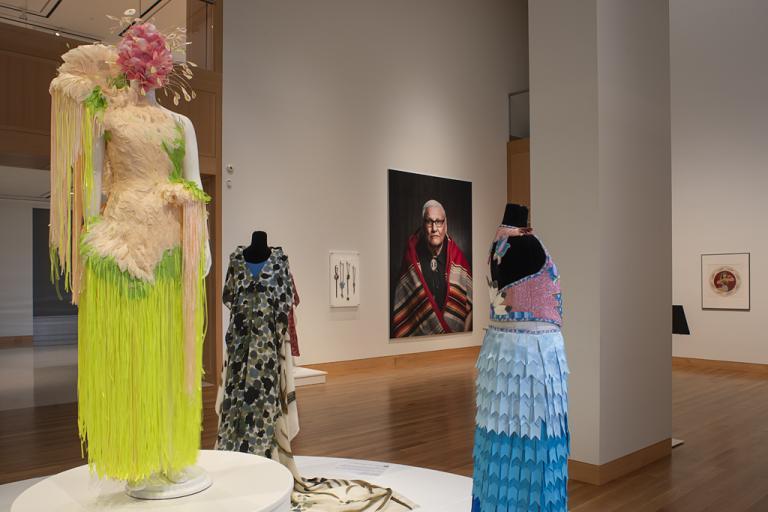pair of moccasins, Nora Thompson Dean
Artwork Overview
pair of moccasins,
late 1800s–1981
Where object was made: Northeastern United States
Material/technique: beading; buckskin; cloth
Dimensions:
Object Height/Width/Length (Height x Width x Length): a 7 x 11 x 25.5 cm
Object Length/Width/Depth (Length x Width x Depth): 4 5/16 x 2 3/4 x 10 1/16 in
Object Height/Width/Length (Height x Width x Length): b 6.5 x 12 x 26.5 cm
Object Length/Width/Depth (Length x Width x Depth): 4 3/4 x 2 9/16 x 10 7/16 in
Object Height/Width/Length (Height x Width x Length): a 7 x 11 x 25.5 cm
Object Length/Width/Depth (Length x Width x Depth): 4 5/16 x 2 3/4 x 10 1/16 in
Object Height/Width/Length (Height x Width x Length): b 6.5 x 12 x 26.5 cm
Object Length/Width/Depth (Length x Width x Depth): 4 3/4 x 2 9/16 x 10 7/16 in
Credit line: Gift of Forrest E. Jones
Accession number: 2007.3744.a,b
Not on display
If you wish to reproduce this image, please submit an image request


